Concrete Action

Coronavirus piñata (Mexico)
This is the 13th in a series of 16 posts offering an analysis of “Covid Codes” from a global perspective. SEMIOVOX has invited consulting semioticians from around the world to augment the Coronavirus-related meaning map whose lineaments we revealed here in a Spring 2020 series. We are grateful to our talented and generous colleagues, who are individually acknowledged in each series post that features their contributions.
The theme we’ll explore in this installment is: CONCRETE ACTION. By which we mean: A proactive approach to fighting (and fighting off) illness.
Like the previous theme — TRUE GRIT — this one is governed by the paradigm “Life Coach.” Brands activating against the norms and forms of the CONCRETE ACTION thematic complex encourage us to make definitive, decisive moves to overcome a health & wellness challenge.
The Life Coach is the binary opposite of the Scientist (a paradigm we unpacked in ADVANCED RESEARCH and ULTRA PRECISE). Whereas the Scientist produces breakthrough solutions, the Life Coach chivvies us along — urging us not to wait around for breakthroughs but instead to proactively tackle problems. In fact, there can be an odd note of bravado within this theme — i.e., the notion that challenges are welcomed as an opportunity to prove (to yourself) what you’re capable of in difficult times.

Even more so than the doctor, and much more so than the pharmacist, the scientist requires from us our passive acquiescence. To the scientist, we are test subjects, lab rats, data points. The life coach, on the other hand, urges us to exercise agency, to seize control of our destiny, to rely primarily on our own untapped potential. The scientist doesn’t know us, and shouldn’t know us; the life coach knows us better than we know ourselves.
The paradigm Life Coach’s practices and precepts make a compelling argument for the notion that we don’t have to decide between the Pharmacist and Guru paradigms. The Life Coach rejects both the dominant discourse and the countercultural discourse of this space — e.g., either life on the treadmill, or voluntary simplicity; either what you need or what you dream of. What you truly want, the life coach paradigm suggests, is both.
Brands activating against the norms and forms of this thematic complex urge taking matters into your own hands… and cultivating an activist, aggressive mindset (vs. that of a passive victim).
Our study suggests that the CONCRETE ACTION thematic space is brought to life by at least seven “source codes” (signs): De-Stress, Stockpile, Visualize the Foe, Survival Gear, Fighting Back, Can-Do Spirit, and Stay Home.
De-Stress
The De-Stress source code’s norm (idea, value, higher-order benefit) can be described as follows: We’re more likely to catch a cold/flu when we’re stressed out. So it’s crucial that we proactively de-stress.
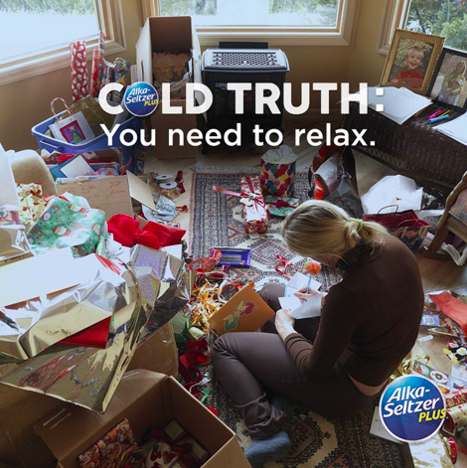
Visual cues of the De-Stress source code include:
- People working too hard, slumped in their seats, staring grimly at screens
- People obsessing over details, turning what should be fun activities (e.g., wrapping gifts) into headaches
Verbal cues of the De-Stress source code include:
- Therapeutic tonality: “Common signs of stress.” “Did you know there’s a direct link between increased stress and immune response?”
- Vernacular advice: “Cold truth: You need to relax.” “You can’t stay on your toes if you never put your feet up.”
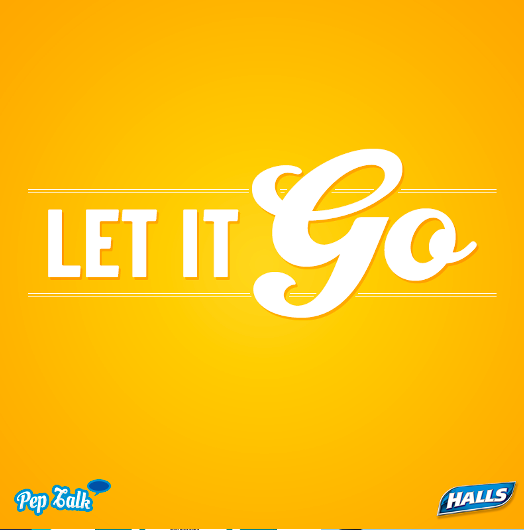

Sónia Marques (Portugal) shares the Dropbox ad shown above, suggesting that “clarity and freedom” — a byproduct of getting organized — may be a positive outcome of the lockdown.
Stockpile
The Stockpile source code’s norm (idea, value, higher-order benefit) can be described as follows: Get prepped for illness — so you can spring into action when the time comes.
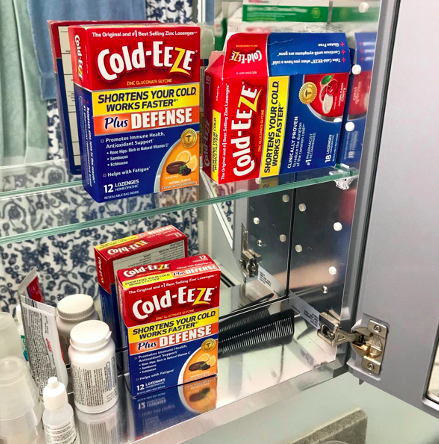
Visual cues of the Stockpile source code include:
- Product (often multiple packs) shown in medicine cabinet — or wherever such products are stored in the home, e.g., kitchen drawer or elsewhere.
- Sometimes this provides an opportunity to display the full range of product SKUs
Verbal cues of the Stockpile source code include:
- Urgent advice to stockpile: “What’s in your medicine cabinet? If it’s not Cold-EEZE® plus DEFENSE, better stock up!” “Admit it, the preppers were right”; “How the face mask became the world’s most coveted commodity”
- Peer pressure: “This is a must in your medicine cabinet”
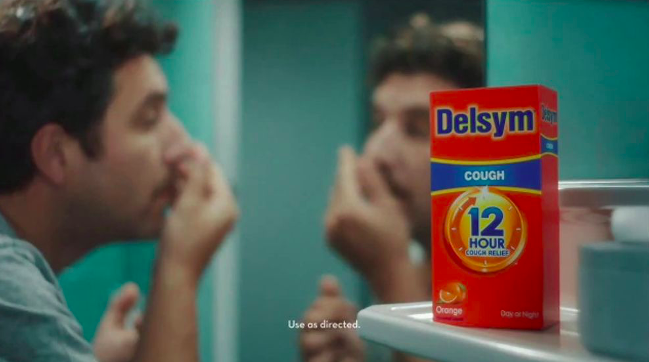
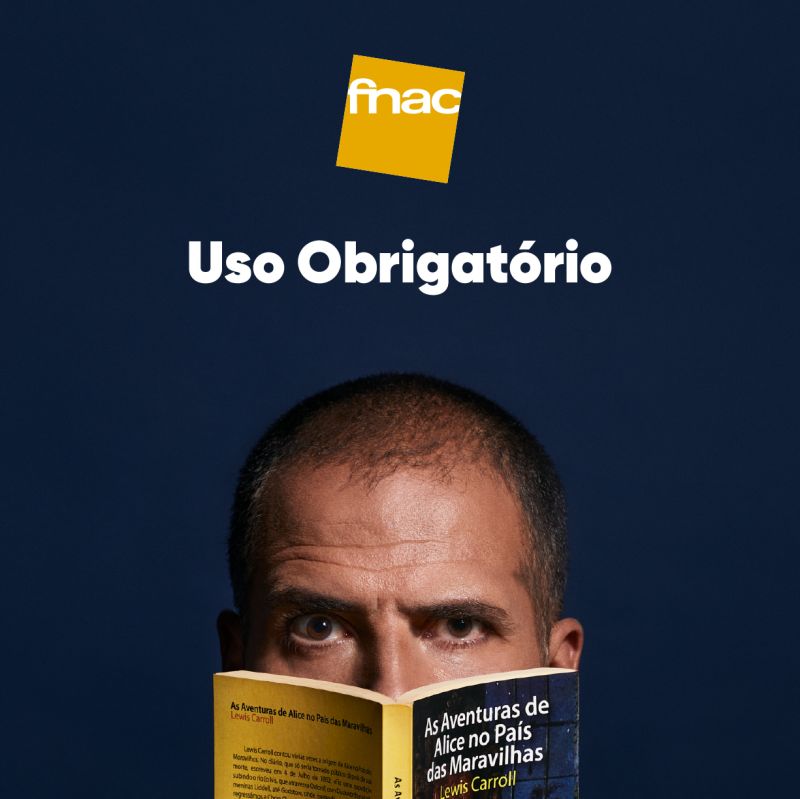
Sónia Marques (Portugal) notes that when book sales fell during 2020, the retail chain FNAC published this ad suggesting that a book is also an example of “compulsory use” survival gear during Coronavirus, the same as a mask. Cleverly, the book shown here visually reminds us of a face mask.
Visualize the Foe
The Visualize the Foe source code’s norm (idea, value, higher-order benefit) can be described as follows: Visualization can help stimulate the immune system to fight illness. Also, when we visualize illness as a monster, we can use metaphors about “fighting” it.
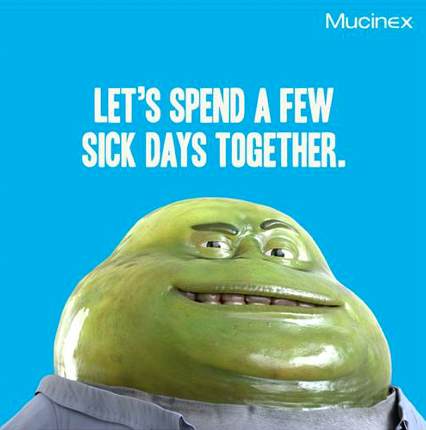
Visual cues of the Visualize the Foe source code include:
- Cold and flu, or mucus, represented as a monstrous creature (or a bear, or a pro wrestler, or an alien, or a zombie, etc.)
- Monster destroyed violently, or chased off or successfully avoided
- Cough transformed into toxic purple cloud
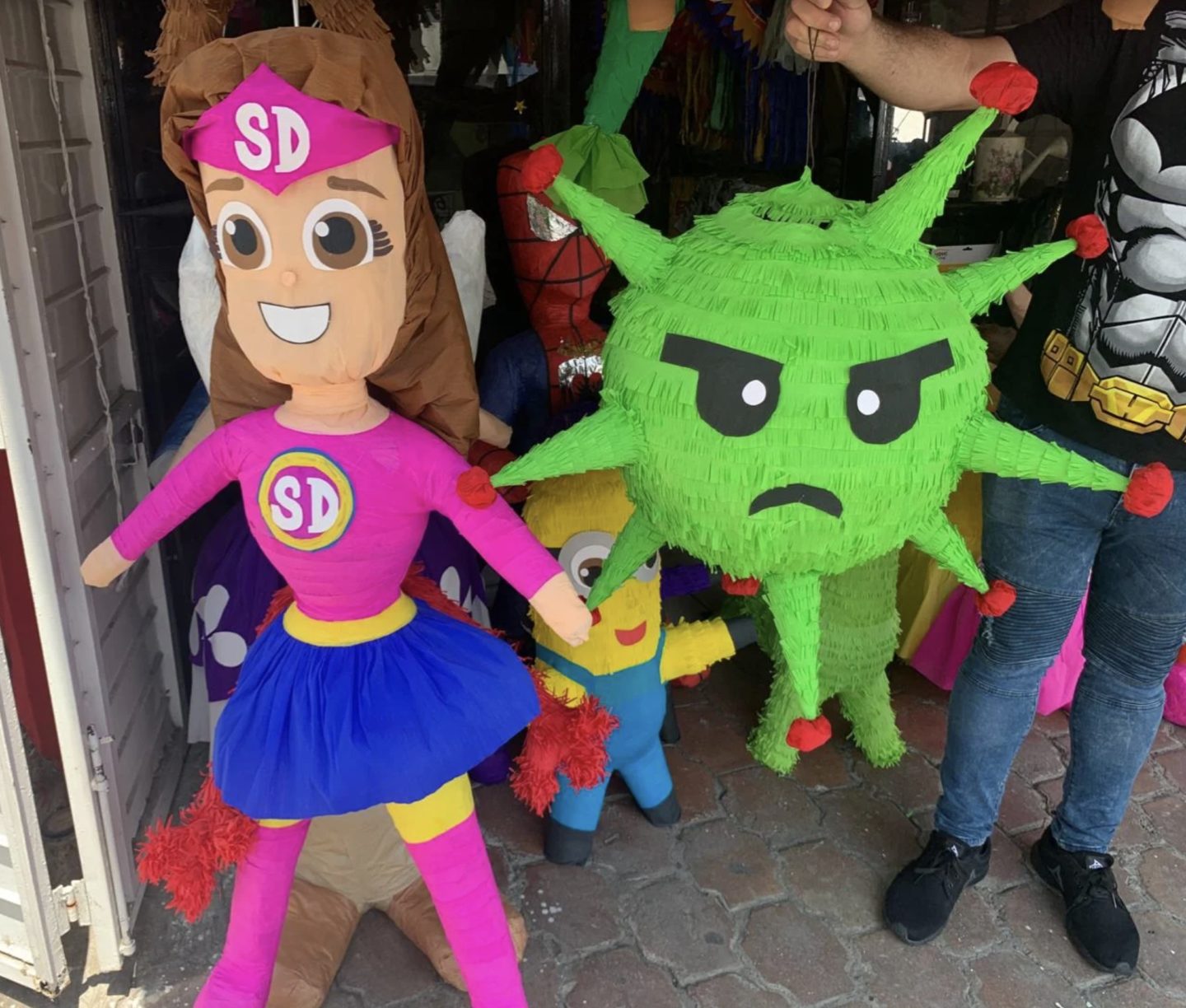
Ivan Islas (Mexico) sends an image of piñatas in the shape of “Susan Distancia Superhero” and the coronavirus itself.
Verbal cues of the Visualize the Foe source code include:
- Screams of terror as a cough-cloud envelops a tiny town
- Ominous, horror movie like tonality: “It’s just a cough”/“It’s never just a cough”
- Turnaround — instead of the illness being a monster, you (the sick person, who can infect others), are monstrous: “Don’t let your #badcough make you a ‘monster.’”
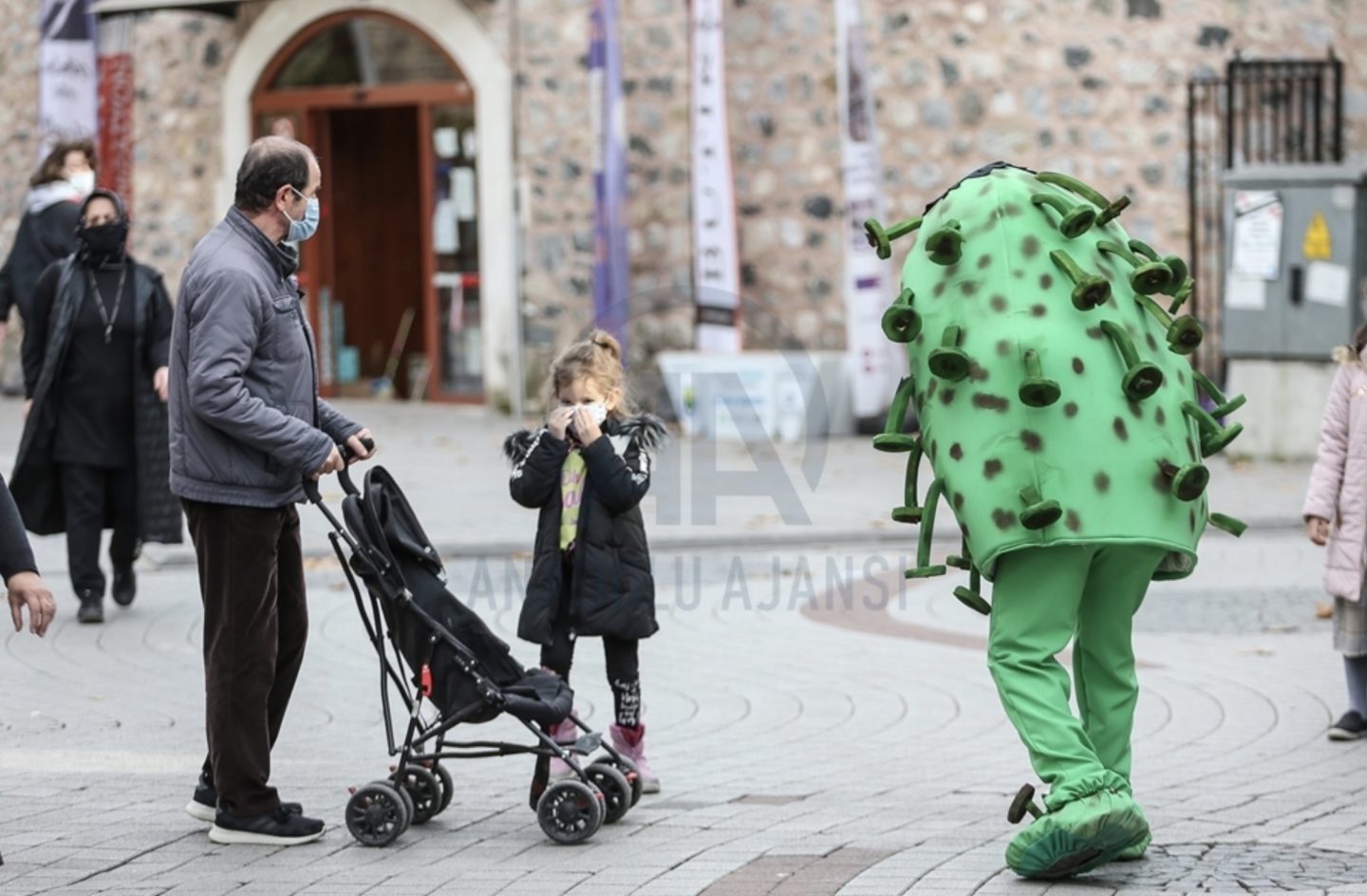
Serdar Paktin (Turkey) notes that a local municipality in Bursa has assigned an employee to dress up like coronavirus and warn people to wear masks.
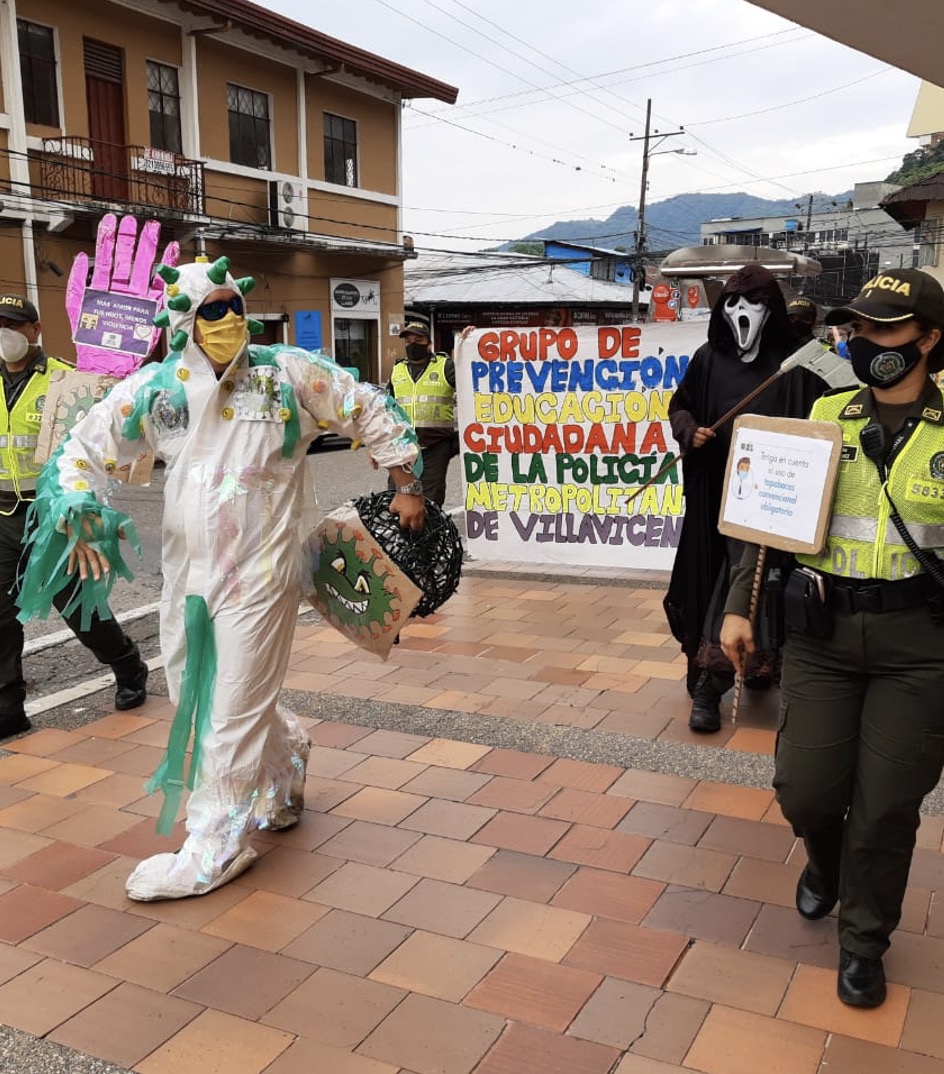
Martha Arango (Colombia/Sweden) sends this example: “At Villavicencio in the south of Colombia, the city police made the community aware about the corona virus using artistic Installations & happenings.”
Aiyana Gunjan (India) sends the image above.
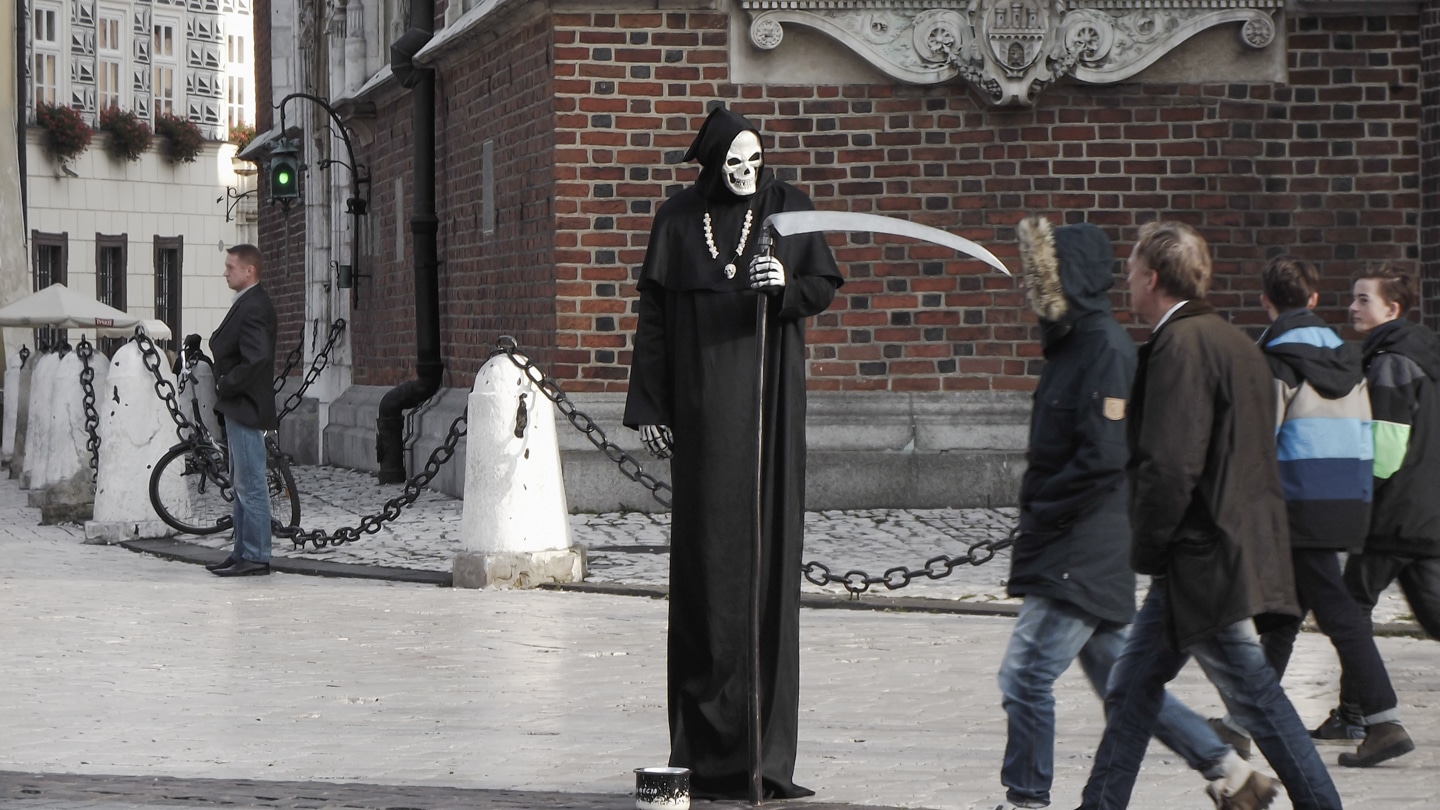
Paulina Goch-Kenawy (Poland) sends the self-explanatory image above.
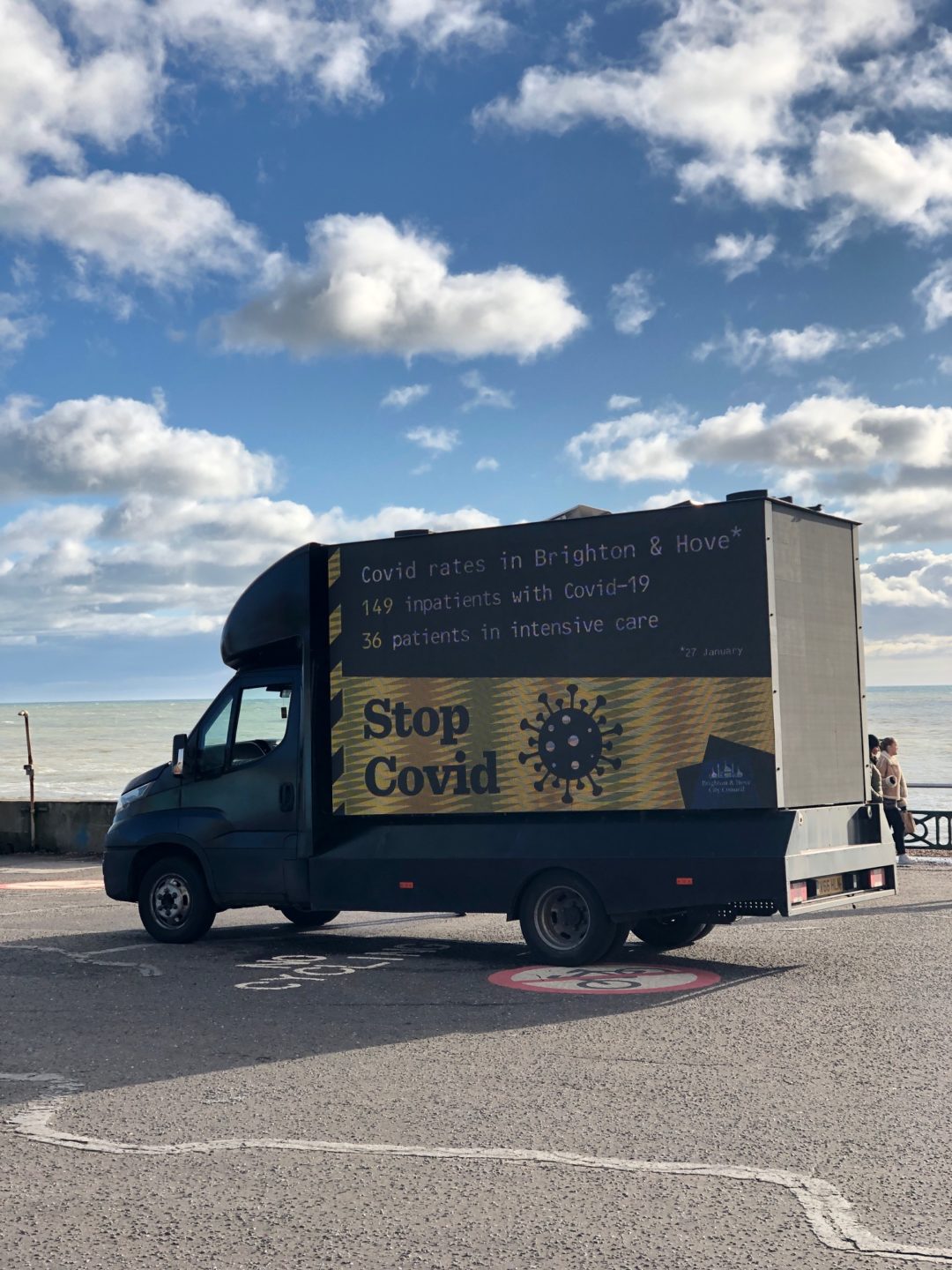
Malex Salamanques Amiel (Venezuela/UK) took this photo in Brighton, England. The giant Covid virus “feels intrusive, out of place, a little bit in your face. The truck’s text brings the thought of patients in intensive care into this setting that is about keeping healthy and active. When you approach the truck, very soon you find yourself confronted by this artefact that’s much bigger than you, and you’re forced to read it ‘from below’.”
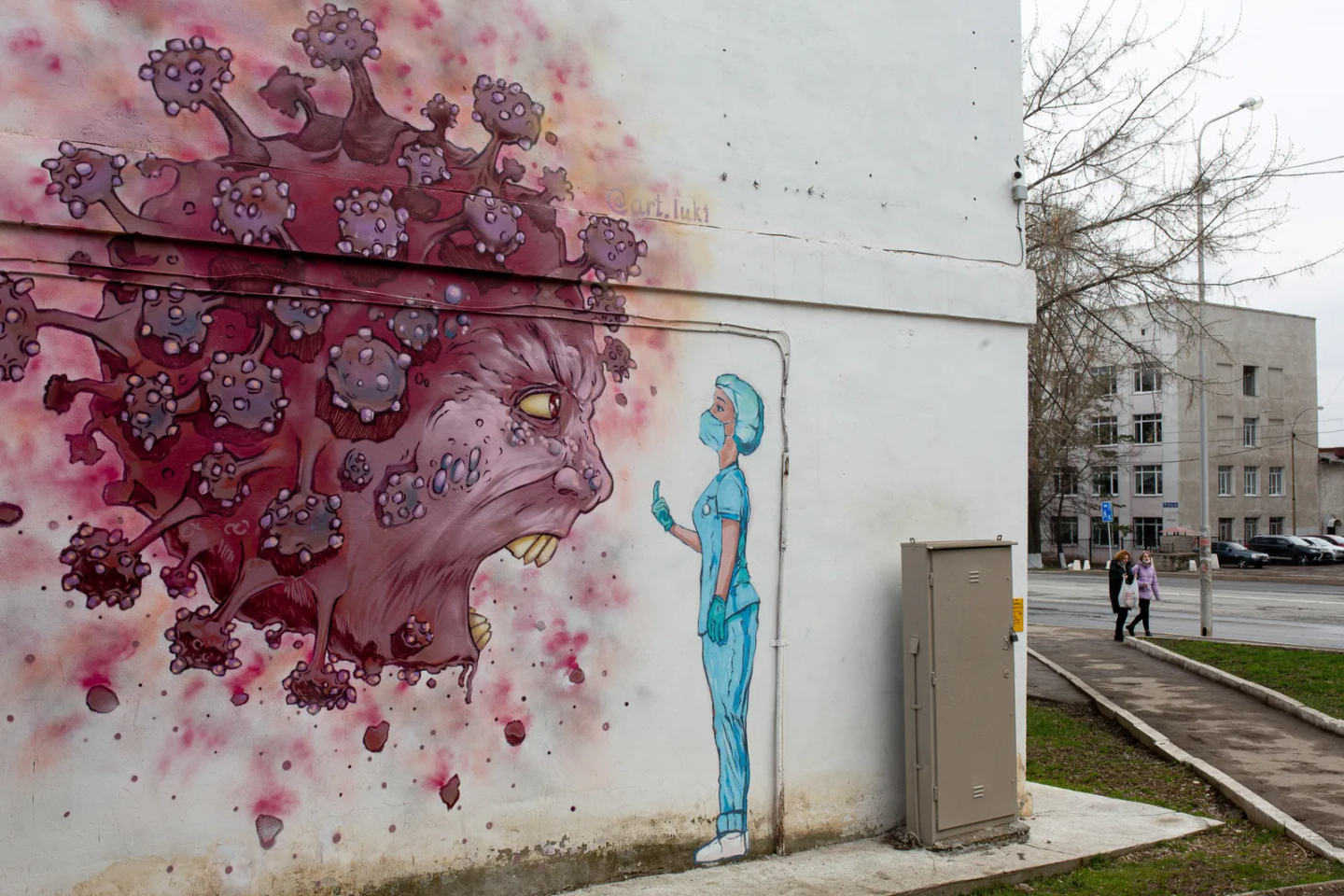
Daria Arkhipova (Russia/Italy) explains that the monster virus in the mural shown here was originally created by the British artist M.J. Hiblen, who also depicted a woman in medical garb giving the finger to a contained coronavirus. A Russian street artist then combined the two images, as seen above. “Ufa asked the muralist to change the middle finger to an index finger… but this made it appear as though the medical figure is beckoning to the virus to follow her. Some have suggested that the Russian “figa” gesture should be painted in, instead.” An interpretive gap between the authorities’ POV and that of ordinary citizens is common here, says Daria.
The flip side of visualize the foe as a monster or supervillain, of course, is to picture first responders as superheroes.
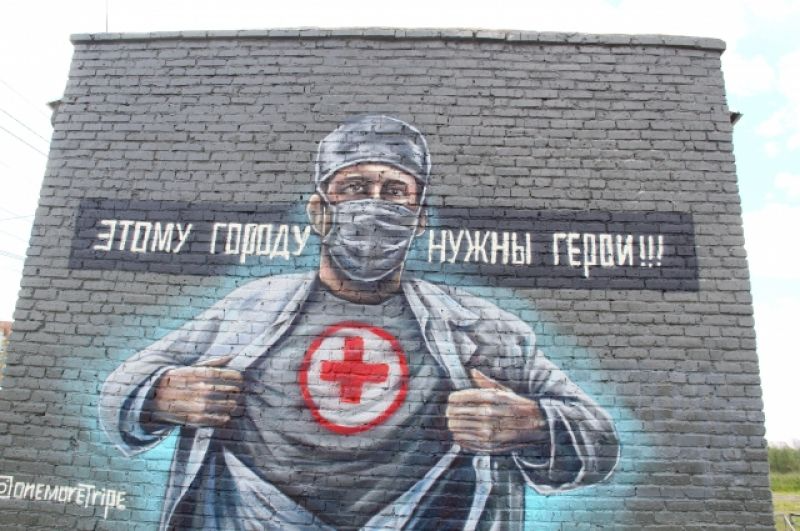
Daria Arkhipova writes: “Obviously during the epidemic the process of ‘creating a hero’ has been part of a world movement, but for the Russian government it has been extra-important to create a narrative of trust.”
Survival Gear
The Survival Gear source code’s norm (idea, value, higher-order benefit) can be described as follows: Think of your cough/cold/flu product the way you think of crucial gear you need to have with you throughout the day — or when you travel.
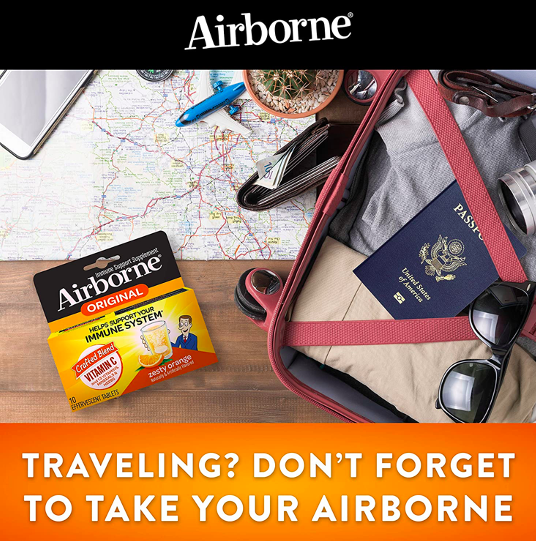
Visual cues of the Survival Gear source code include:
- Product sticking out of bags, backpacks, suitcases. Product juxtaposed with “everyday carry” items including keys, lip balm, sunglasses. Product associated with travel items, e.g., maps, passport. Product associated with desktop items, e.g., pen, notebook, computer mouse, computer monitor.
Verbal cues of the Survival Gear source code include:
- Travel guide tonality: “Traveling? Don’t forget to take your Airborne.” “Before you pack your travel bag, be sure to include these 8 essentials…”
- Warning tonality: “It’s back to school time. Be prepared for the spread of germs and viruses with Oscillo!” “The powers of Vicks have come to help you and your loved ones.” “Office bug? Be prepared.”
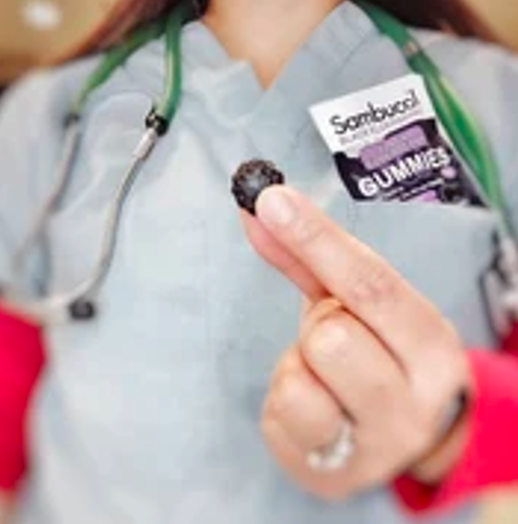

Aiyana Gunjan (India) sends the image above, concerning Dabur Chyawanprash, “the most trusted and established brand of daily supplement in India, a formulation based on the ancient Indian science of Ayurveda (mix of herbs spices etc) — to build immunity, fight against cold cough” — for which “Bollywood star Akshay Kumar — known for masculine strength, down to earth/mass appeal and honesty” serves as brand ambassador. Although Chyawanprash was touted as essential survival gear during the epidemic, Kumar ended up testing positive for Covid-19.
Fighting Back
The Fighting Back source code’s norm (idea, value, higher-order benefit) can be described as follows: We can actively struggle against getting ill, the symptoms of illness, or its duration — instead of being victims.
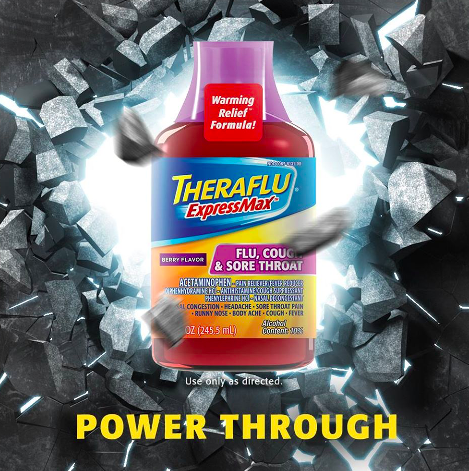
Visual cues of the Fighting Back source code include:
- Heroic. A woman with a cough uses Robitussin, and her blanket becomes a warrior’s cape… which she wears the next day, at a Renaissance Faire
- The bottle shown as a tough character ‚ perhaps smashing through a wall
- The liquid product acting as a kind of counterforce vs. your cough
Verbal cues of the Fighting Back source code include:
- Tough coach tonality: “Fight back this cold season”, “En garde!”, “Slay your cough dragon”, “The power is in your hands” (literally — the product)
- The product described as a mighty hero: “Shuts down even tough sinus pain and pressure”, “Cough heroes”, “Show your cough and chest congestion who’s boss”, “Keep your cold in check”, “Shut the cough up!”
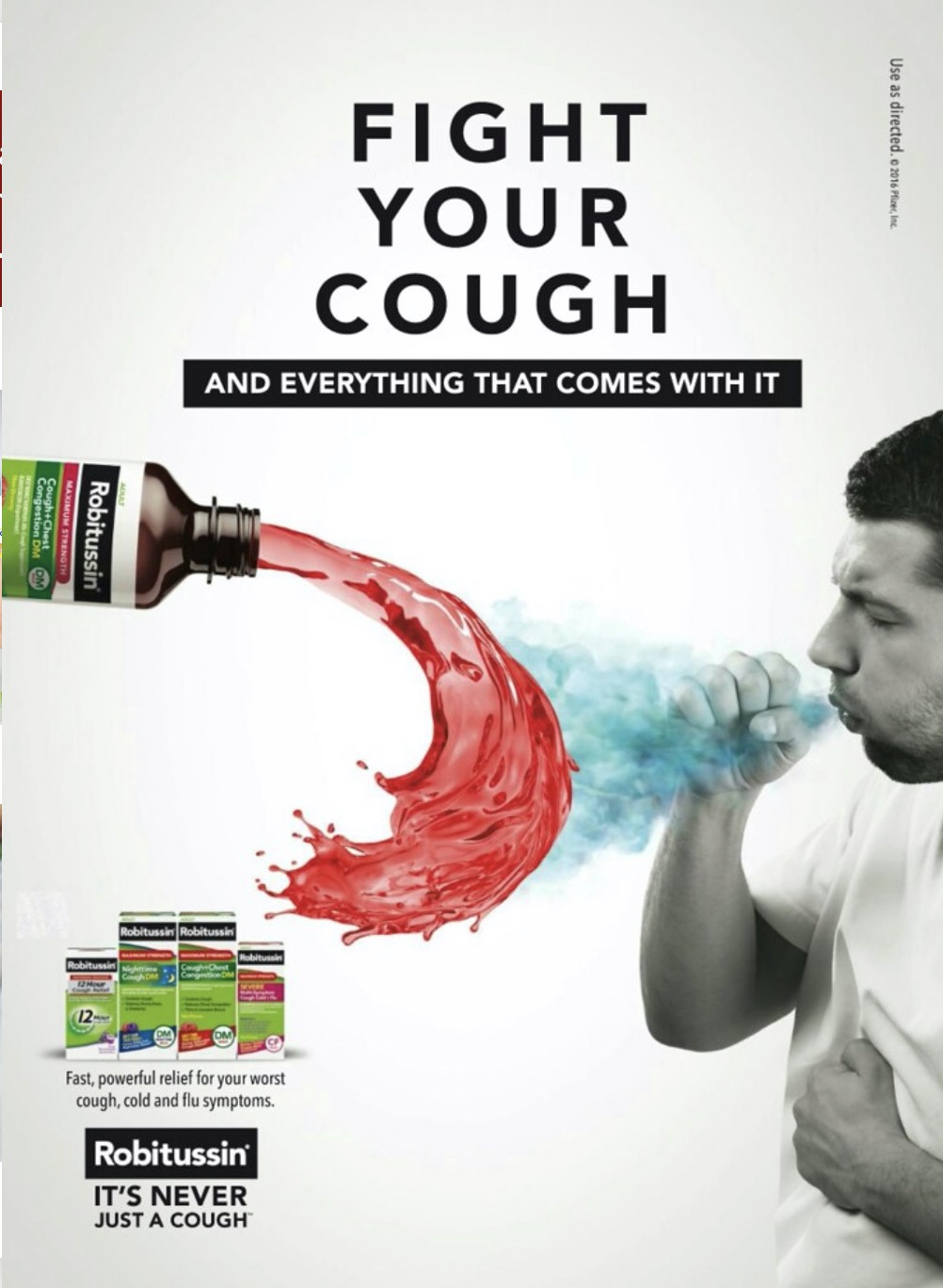
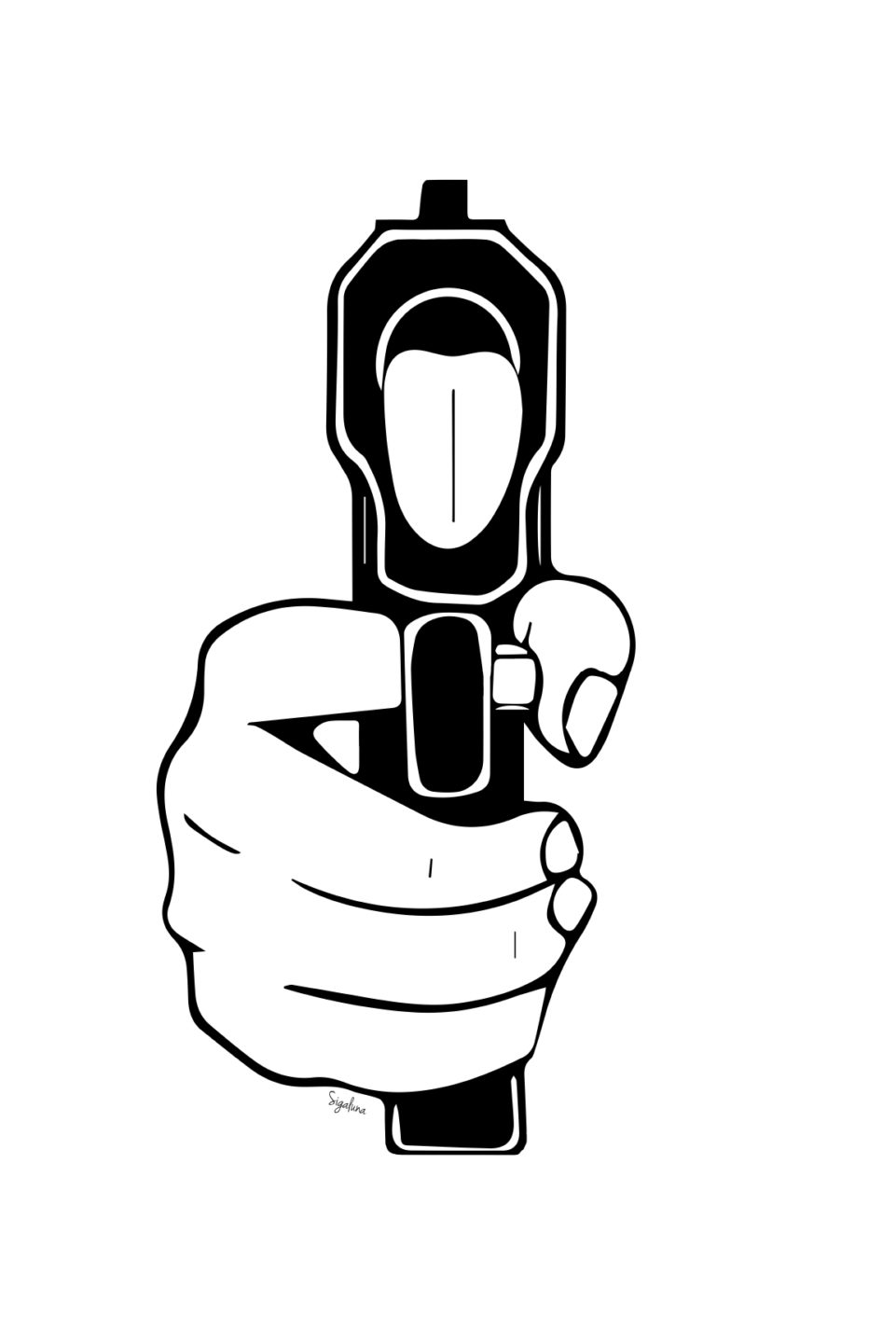
Speaking of fighting back, Elinor Lifshitz (China/Switzerland/Israel) explans the Israeli poster above like so: “I believe the artist, a woman, is referring to the recent Corona-driven surge in domestic violence against women — quite a few have been murdered or abused in both the Jewish and Arab segments of Israeli population. The poster’s title (“Stop or I Spit”) and replaced elements (a feminine instead of a masculine hand holding the gun, a tongue emerging from the gun’s barrel instead of a bullet), draw attention not only to the danger of viral transmission, but also to the Covid-era conditions that have intensified the need for women to protect themselves.”
Can-Do Spirit
The Can-Do Spirit source code’s norm (idea, value, higher-order benefit) can be described as follows: America’s proactive, can-do attitude has emerged quickly, since the epidemic began. Individuals and businesses are making the best of a bad situation.
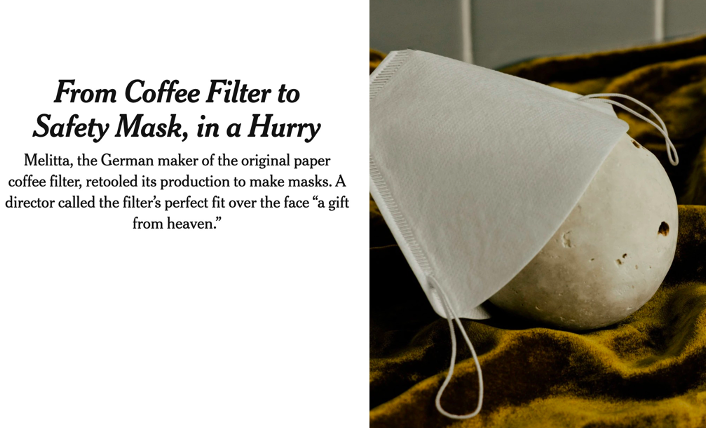
Visual cues of the Can-Do Spirit source code include:
- Homemade, funky and irregular (but charming and cool) face masks and more.
- Arts and crafts projects related to the epidemic — some serious, some funny.
- DIY how-to tips and instructions.
Verbal cues of the Can-Do Spirit source code include:
- DIY tonality: “Make your own,” “37 DIY Face Masks,” “From coffee filter to safety mask,” “Be your own spin class,” “Cook, bake, create and share.” “Pioneer spirit” “Maker.”
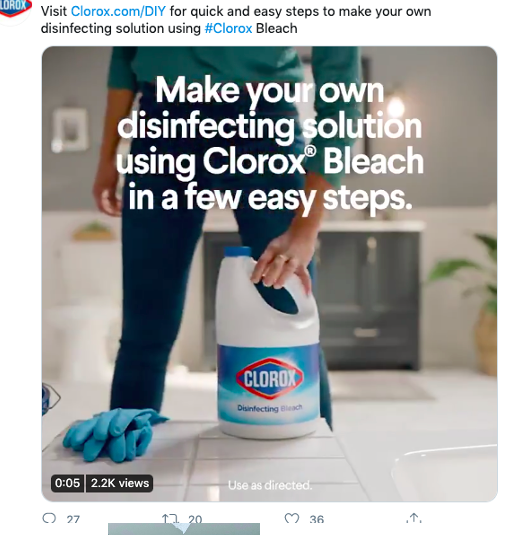
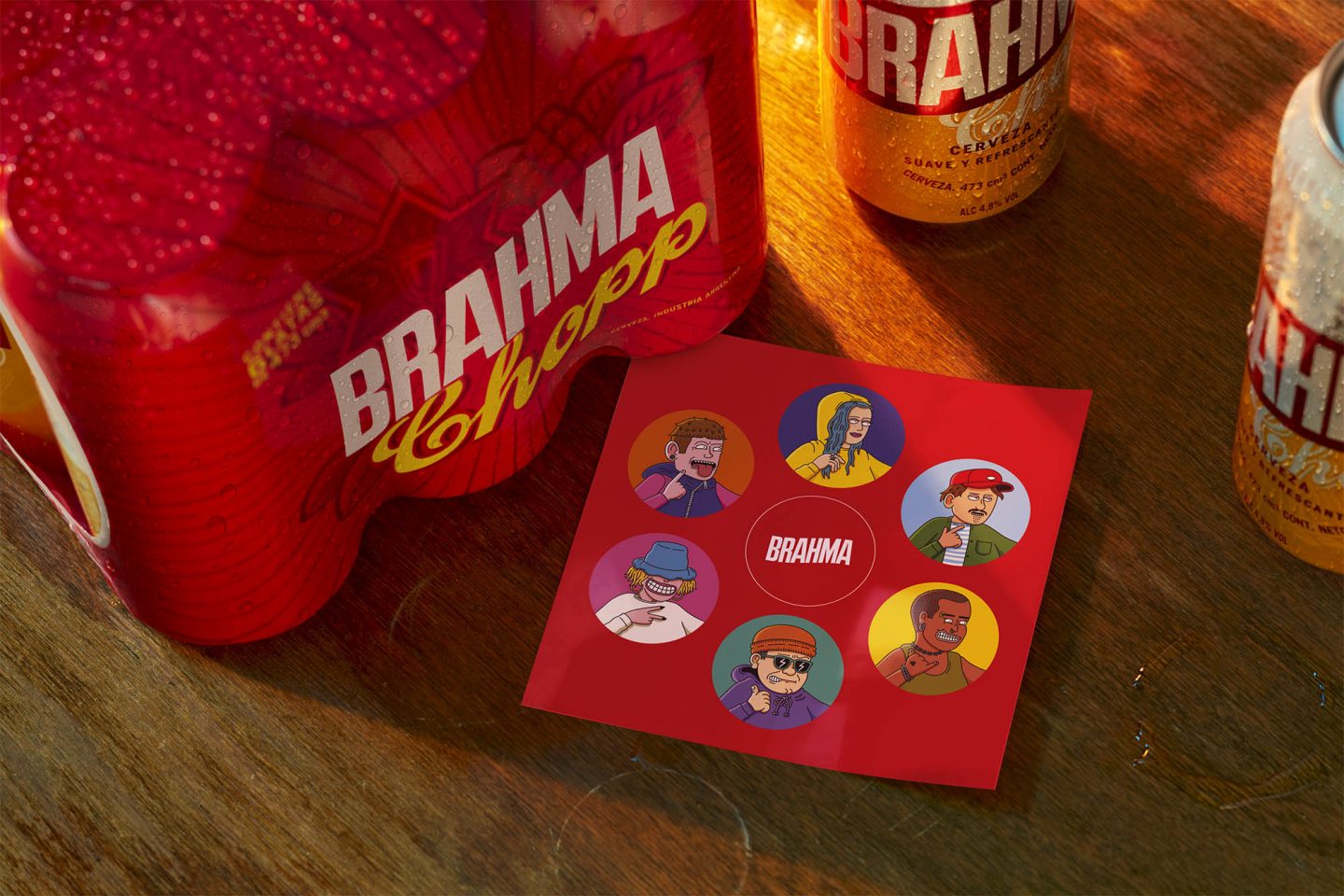
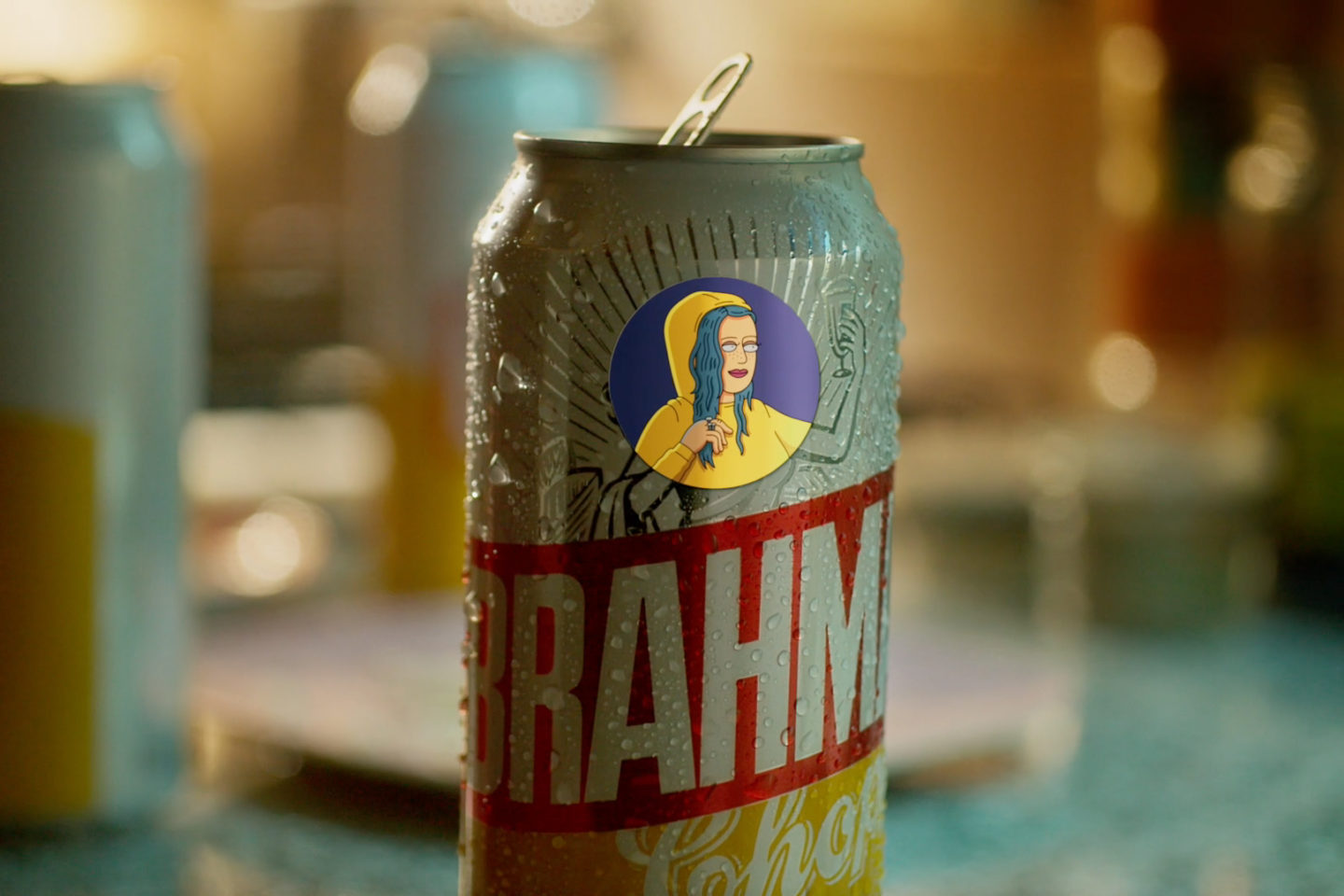
Ximena Tobi (Argentina) notes that the Brazilian beer Brahma demonstrated the can-do spirit when it “recently launched a pack of beers that are sold with a set of stickers in order to individualize each person’s can and thus avoid accidentally drinking from someone else can.”
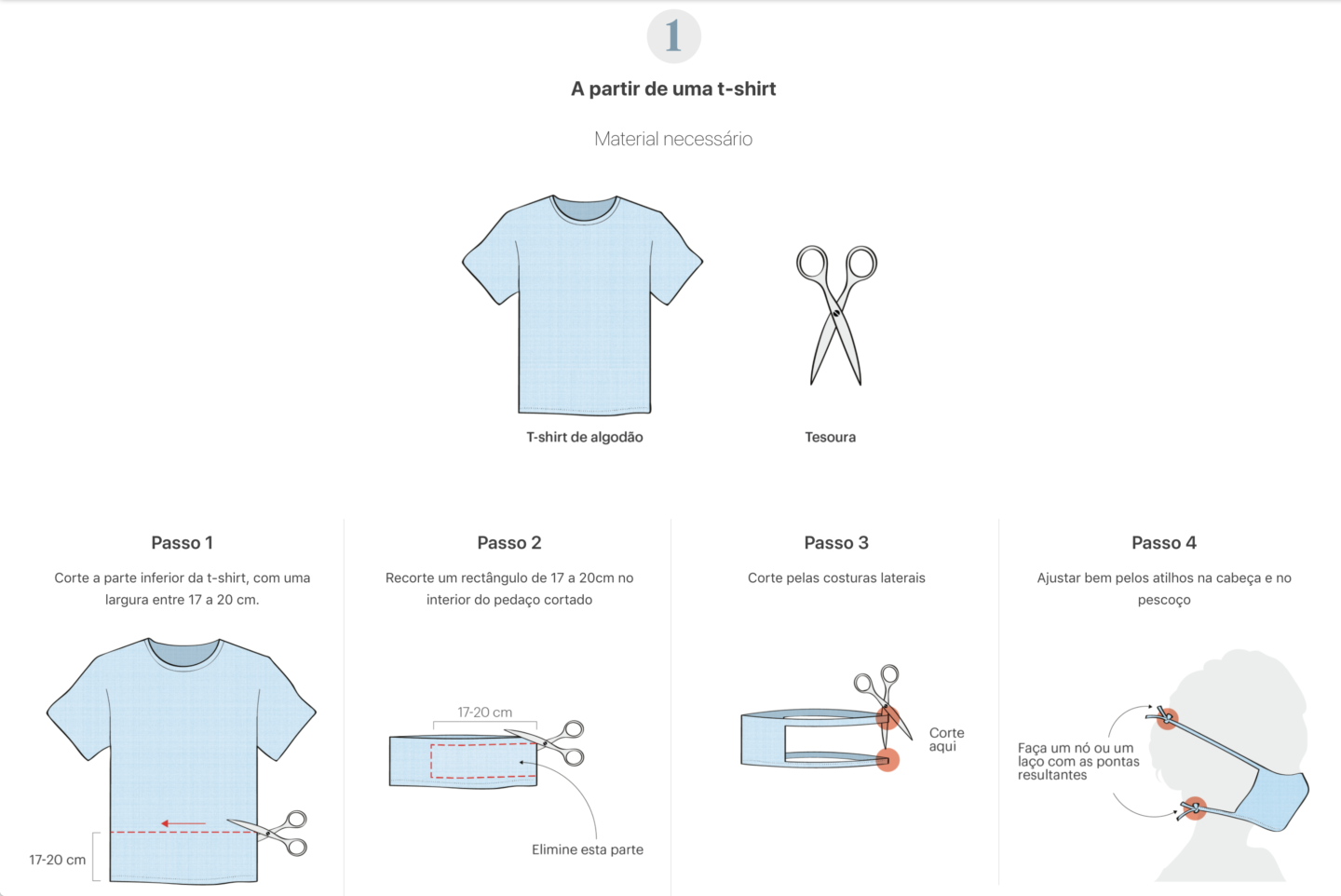
Sónia Marques (Portugal) sends the example above.
Stay Home
The Stay Home source code’s norm (idea, value, higher-order benefit) can be described as follows: Counterintuitively, at the moment, staying home is one of the most proactive things that most of us can do.
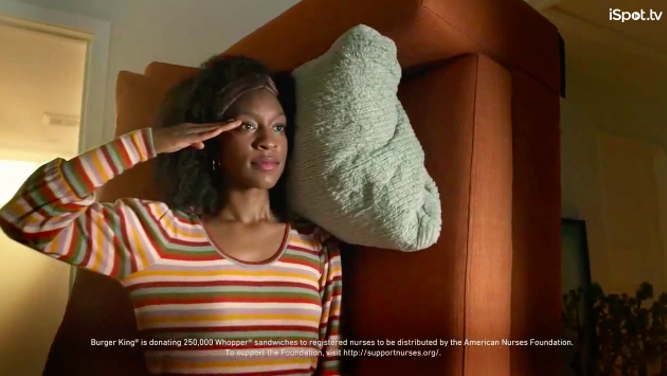
Visual cues of the Stay Home source code include:
- DIY tonality: “Make your own,” “37Families snuggling up
- Images of the medical workers for whom we are staying home
- Humorous images of people watching TV, playing videogames, “heroically”
- People finding ways to entertain and amuse themselves at home
Verbal cues of the Stay Home source code include:
- Urgent PSA tonality: “Staying home saves lives.” “You can help slow the spread of COVID-19 virus.”
- More light-hearted PSA tonality: “Enjoying the comfort of your home will save your life.”
- Humorous tonality: “Couch Po-tatriot.” “Thank you for not riding with Uber.” “It’s time to explore the great indoors.” (Jeep)
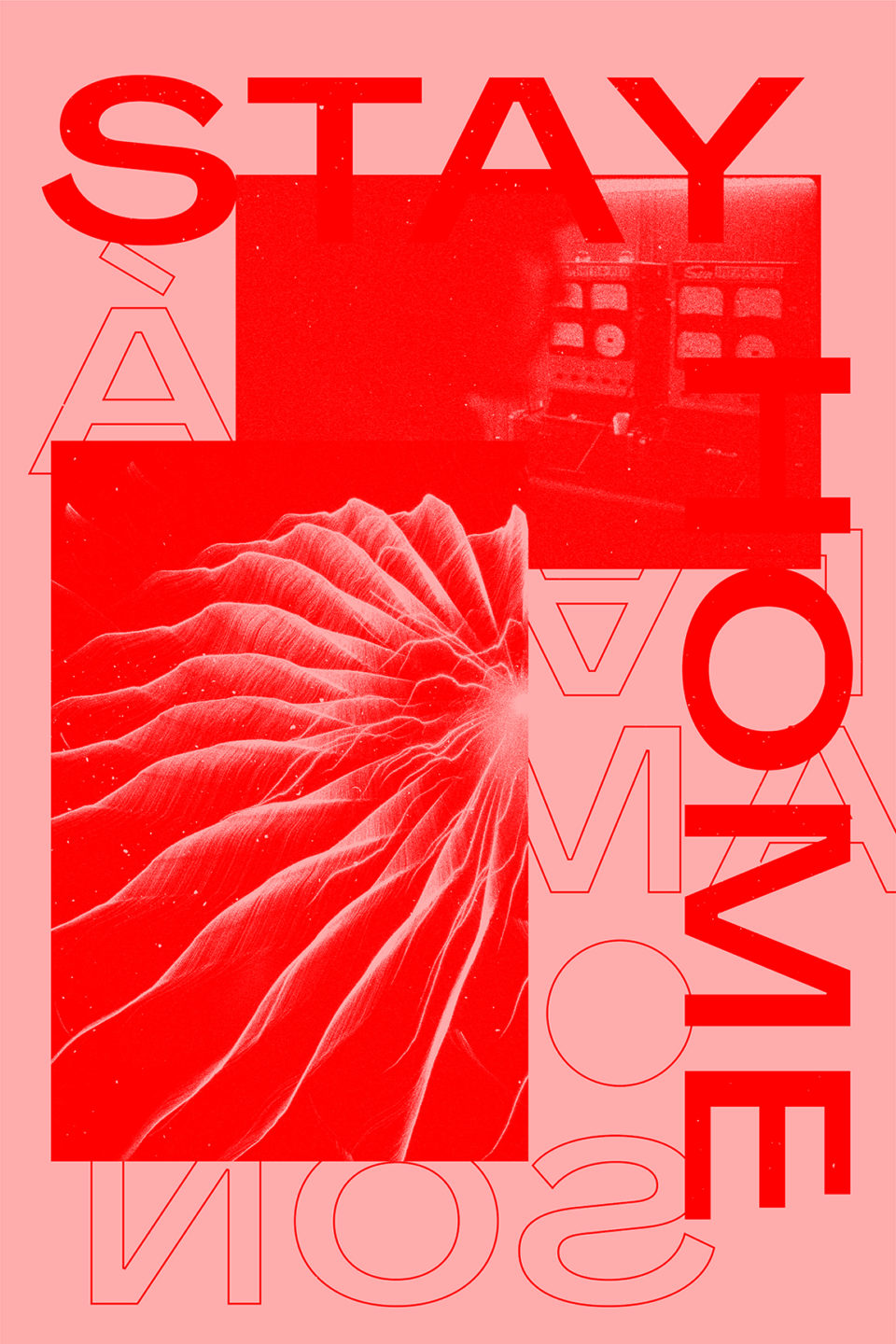
Samuel Grange (France) notes, of the poster above, that “You have two key figurative dimensions, here : a wall of screens and a network that could be either a «virus» or home as the epicenter of the network. The red ambiance and the puzzled construction reveal the chaotic situation of the moment.” However, he goes on to say, “I tend to think that the centric disposition of the network is in opposition with the squared shapes of the puzzle and it decreases the impact of the proposition.”
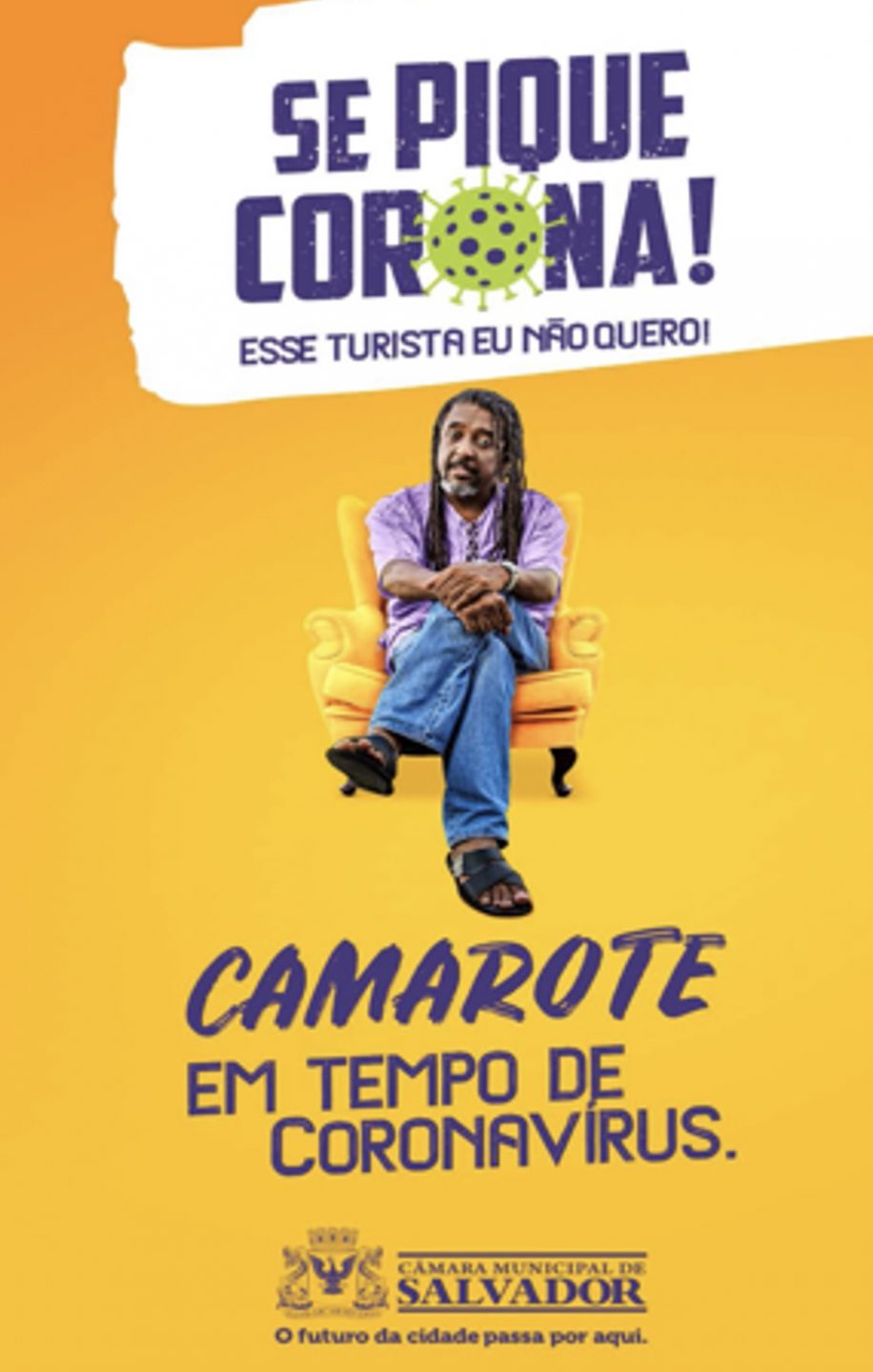
Staying home is a tough sell for cities that pride themselves on showing people a good time. Mariane Cara (Brazil) notes that the city of Salvador / Bahia created a poster showing a man seated on a couch with the message: “[This is] the camarote during the time of the Coronavirus.” A camarote is chill-out tent or private room in a club that groups can rent during Carnival. We’re all going to have to chill out at home, for a while.

Vijay Parthasarathy (US/India) sends the social media campaign above, from one of India’s largest travel websites. “It’s a reminder to stay at home in a way that isn’t preachy and manages to inject a little comedy into the narrative. ‘Nagar’, ‘Garh’, ‘Pradesh’ and ‘Pur’ are all suffixes to indicate places, only here the ‘Hinglish’ (Hindi-English hybrid) joke is that people are forced to characterize rooms in their homes as exotic destinations.”
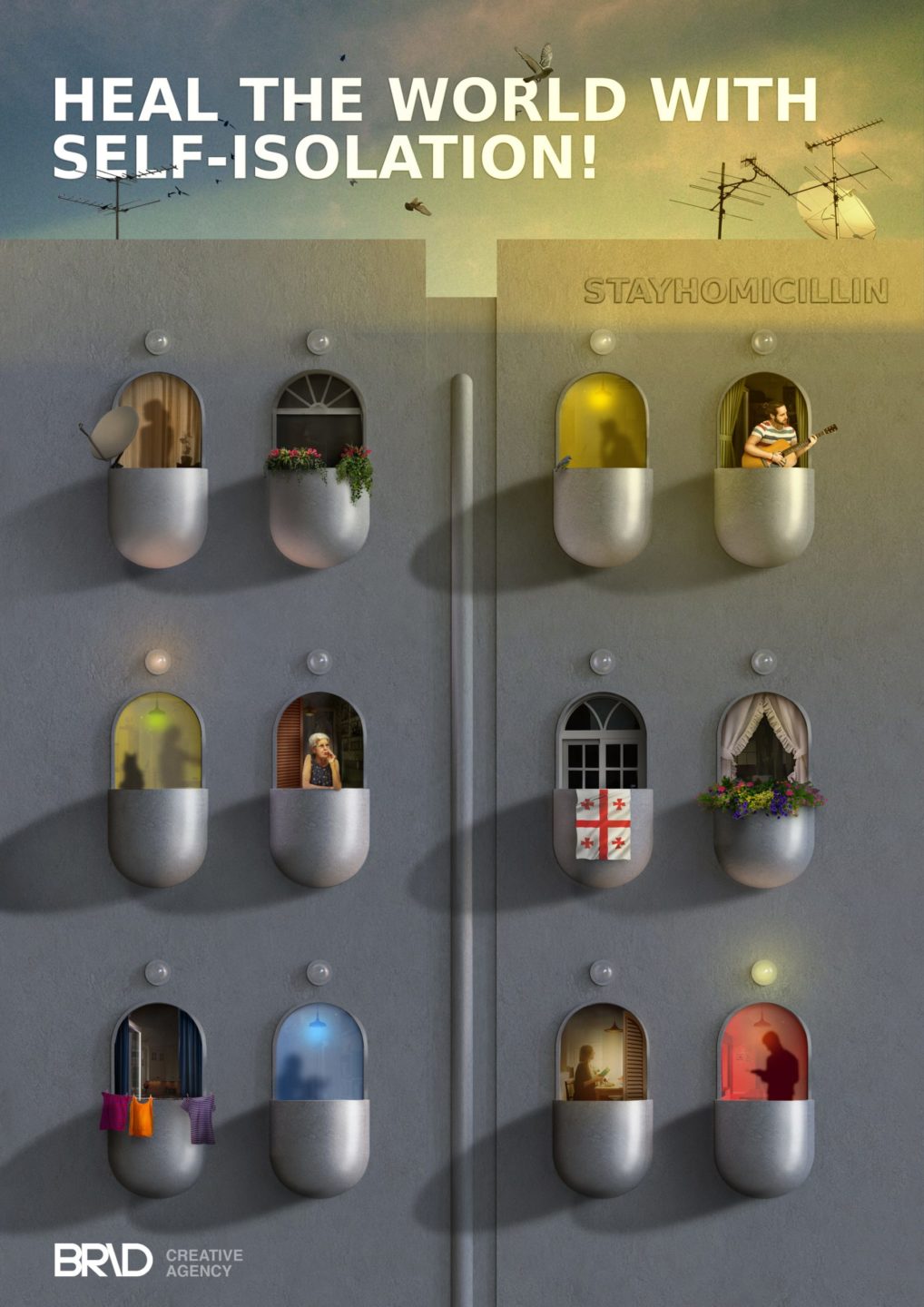
The PSA above, in which an apartment building is made to look like a blister pack of medication, comes from the country of Georgia.
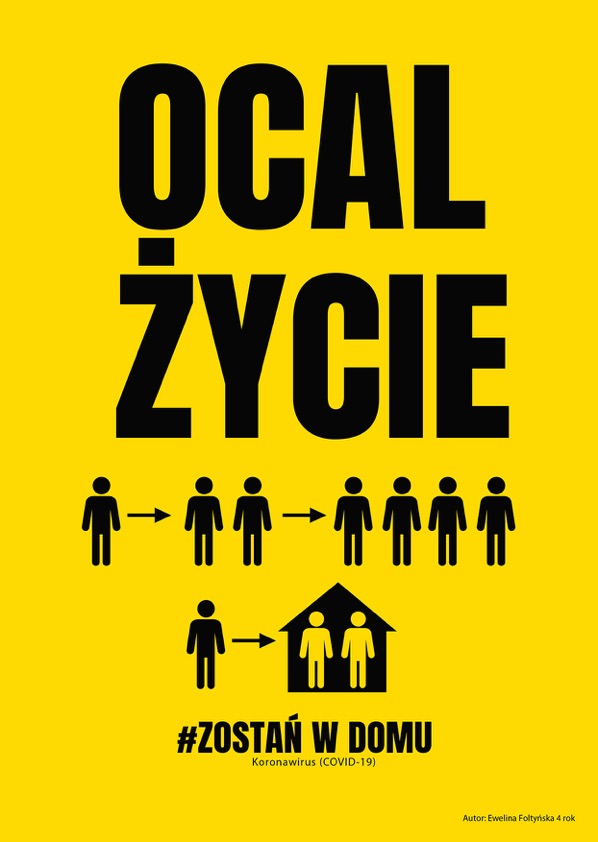
Paulina Goch-Kenawy (Poland) sends us a Polish poster that illustrates in the most basic way possible, that one sick person can infect many others — not only directly but indirectly.
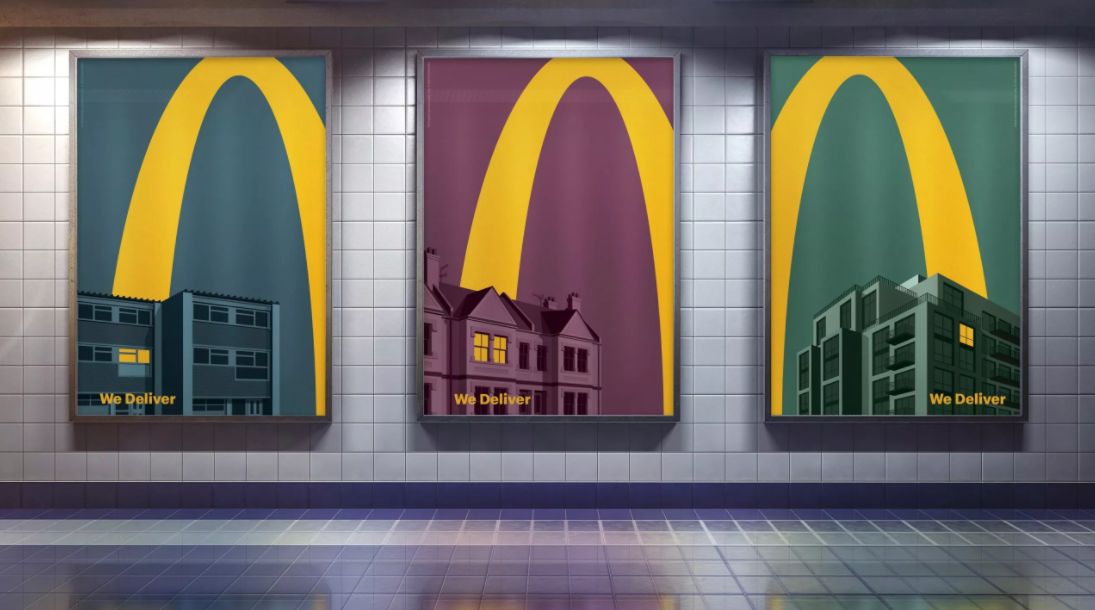
Sónia Marques (Portugal) sends along this example of McDonald’s advertising that cleverly urges people to stay home while reassuring them that they will remain united… by the McD arches.

Aiyana Gunjan (India) sends the image above, noting that “As the second most populated country in the world, culturally we stick close to each other, in close proximity — like ‘sardines’. There is no such thing as social/personal distancing in public areas.”
Thank you for reading our Covid Codes series. Next week’s installment will be on this theme: RHYTHM & FLOW.
Also see these global semio series: MAKING SENSE (Q&As) | SEMIOFEST SESSIONS (monthly mini-conferences) | COVID CODES | SEMIO OBJECTS | COLOR CODEX | DECODER (fictional semioticians) | CASE FILE | PHOTO OP | MEDIA DIET.

